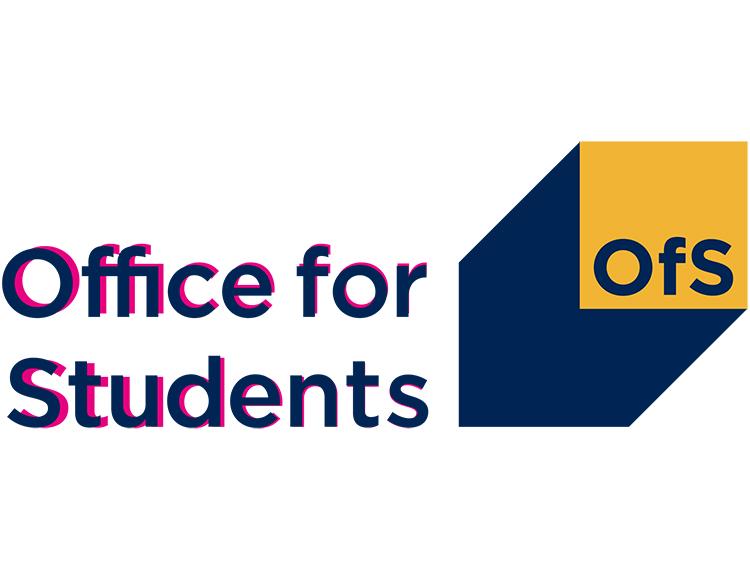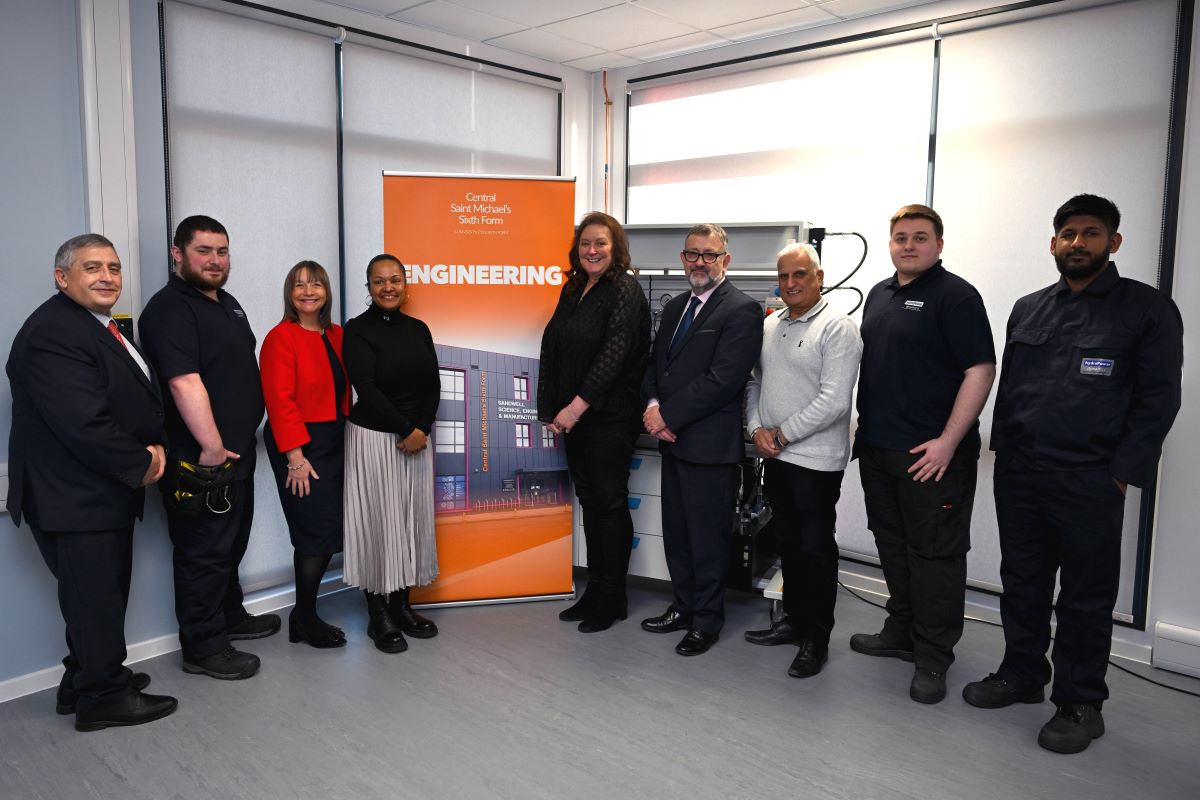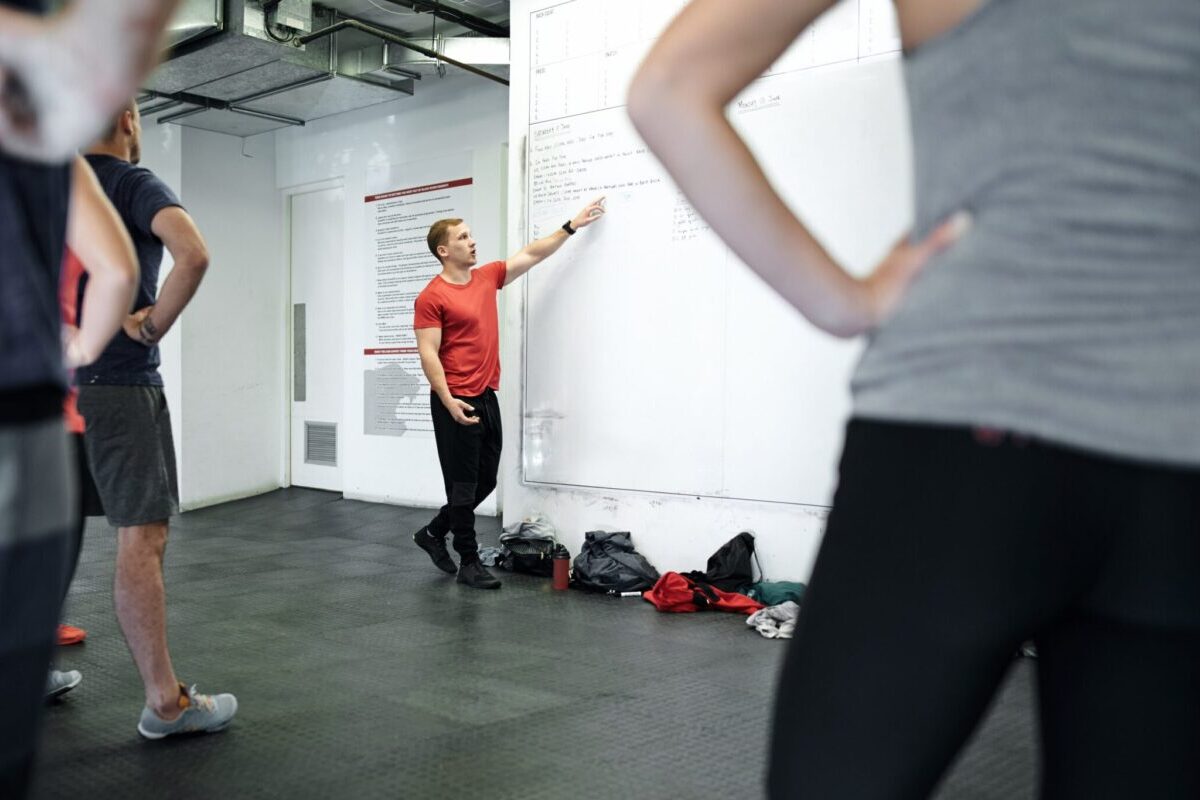Better data can help close equality gaps

New experimental statistics on interactions between demographic characteristics could offer important insights on equality of opportunity for different groups of students.
Important insights about equality of opportunity for different groups of students can be gained by considering demographic characteristics together, the Office for Students (OfS) has today (26 Sept) reiterated as new experimental statistics on interactions between student characteristics are published.
‘Associations between characteristics of students’ (ABCS) is a new, experimental set of analyses that seeks to better understand how multiple characteristics – like age, sex, ethnicity and area background – interact to affect students’ outcomes in higher education, including whether they get in to university and, if so, whether they continue beyond their first year.
The methodology could also be used in future to look at the results students achieve and whether they progress to graduate employment, and across all levels of higher education.
The kinds of findings that can be explored using the ABCS methodology include:
- Black Caribbean students aged 21-25 are at higher risk of dropping out than other students, and this risk increases dramatically when looking at those who also report having a mental health condition
- Although young female students are, on the whole, much more likely to go to university than male students of the same age, those who received free school meals were far less likely to go than those who did not.
Chris Millward, Director for Fair Access and Participation at the OfS, said:
‘Our guidance encourages universities and other higher education providers to address combinations of characteristics when they are setting targets, choosing measures and evaluating their work to close equality gaps.
‘Our hope is that, in the future, measures such as these will help them better understand these interactions, and therefore target their work more effectively.
‘This work is experimental, so we are looking to users to provide feedback on all aspects of the methodology and measures. This will be crucial to any future development and use of these analyses.’











Responses